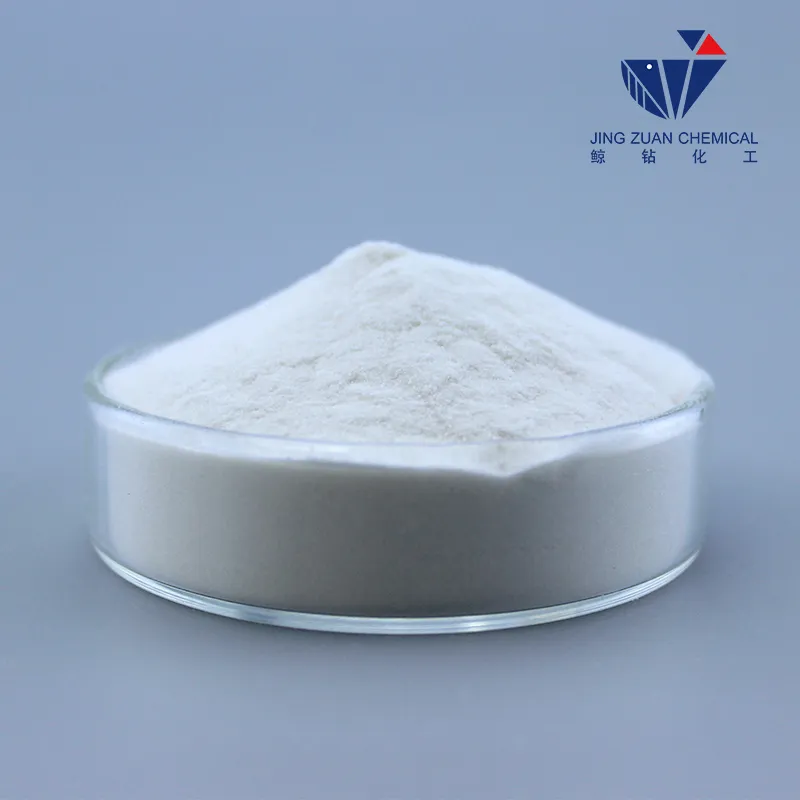
Dec . 16, 2024 15:08 Back to list
hydroxypropyl methylcellulose hpmc
The Versatility of Hydroxypropyl Methylcellulose (HPMC)
Hydroxypropyl Methylcellulose (HPMC) is a non-ionic cellulose derivative widely utilized across various industries, including pharmaceuticals, food, cosmetics, and construction. This multifunctional polymer is synthesized from the natural polymer cellulose, which is derived from plant cell walls. Its unique chemical structure imparts a range of properties, making HPMC an essential ingredient in numerous applications.
One of the most significant attributes of HPMC is its ability to form viscous gels when mixed with water. This property is particularly valuable in the pharmaceutical industry, where HPMC is often used as a binder in tablet formulations. It enhances the mechanical strength of tablets and ensures consistent drug release profiles. Moreover, HPMC is favorable for direct compression processes, which are often preferred for their simplicity and cost-effectiveness.
The Versatility of Hydroxypropyl Methylcellulose (HPMC)
The food industry also benefits from HPMC due to its emulsifying, thickening, and stabilizing properties. It is used as a fat replacer in low-calorie foods, where it helps maintain mouthfeel and texture. HPMC is also employed in gluten-free products to improve their structural integrity and moisture retention. Its ability to form hydrophilic gels makes it an acceptable alternative to more traditional binding agents, catering to a growing market of health-conscious consumers seeking better dietary options.
hydroxypropyl methylcellulose hpmc

In the realm of cosmetics and personal care products, HPMC serves as a thickening agent, helping to provide the desired viscosity and texture to creams, lotions, and gels. Its non-toxic nature and compatibility with a wide range of ingredients make it a popular choice for formulators. Additionally, HPMC can stabilize emulsions, ensuring that the oil and water components in lotions and creams do not separate over time, thereby prolonging shelf life and product efficacy.
The construction industry also exploits the benefits of HPMC as an additive in cement-based materials. When added to mortars and plasters, HPMC enhances workability and prevents sagging, allowing for easier application and improved adhesion. Its water-retention properties are crucial in preventing premature drying, which could compromise the strength and durability of construction materials.
The versatility of HPMC is underscored by its wide acceptance as a safe ingredient in various applications. The FDA has designated HPMC as Generally Recognized as Safe (GRAS), which bolsters its usage in food and pharmaceutical products. Its biodegradability also aligns well with the growing emphasis on sustainability, making it an attractive option for environmentally conscious businesses.
Despite its many advantages, careful formulation and testing are necessary to leverage HPMC's full potential. Factors such as molecular weight, degree of substitution, and the specific application parameters all play critical roles in determining the effectiveness of HPMC in a given formulation.
In conclusion, Hydroxypropyl Methylcellulose is a remarkable compound with a diverse range of applications across several industries. Its unique properties make it a preferred choice for formulators seeking to enhance product performance and consumer experience. As innovation continues in technology and formulation science, HPMC is likely to evolve further, contributing even more significantly to the advancement of modern products. With its proven versatility and safety, HPMC stands as a testament to the potential of natural-derived materials in today's industrial landscape.
-
Versatile Hpmc Uses in Different Industries
NewsJun.19,2025
-
Redispersible Powder's Role in Enhancing Durability of Construction Products
NewsJun.19,2025
-
Hydroxyethyl Cellulose Applications Driving Green Industrial Processes
NewsJun.19,2025
-
Exploring Different Redispersible Polymer Powder
NewsJun.19,2025
-
Choosing the Right Mortar Bonding Agent
NewsJun.19,2025
-
Applications and Significance of China Hpmc in Modern Industries
NewsJun.19,2025







